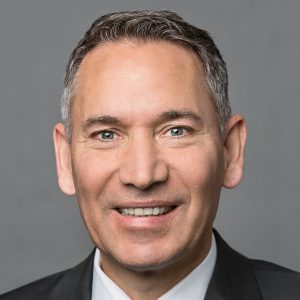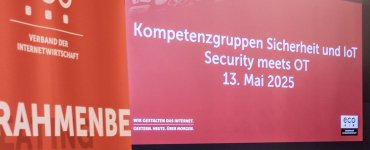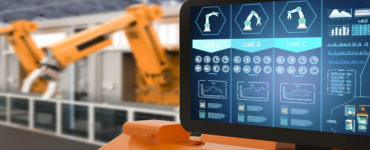Christian J. Pereira is Managing Director/Chief Operating Officer at grandcentrix (a Vodafone company), where he manages sales and projects. Christian Pereira is one of the pioneers in the field of cloud and IoT and has been sharing his practical experience in technical articles and lectures for many years.
What do you see as the major challenges for manufacturers and the application industry in the area of IoT connectivity?
Christian J. Pereira: If manufacturers or users intend to develop digital business models, i.e., “turn data into gold”, it quickly becomes clear that completeness and reliability of the data are necessary prerequisites. No one should build their business on something that only might work. Therefore, the product feature “data connection” has to be robust, i.e. available without special installation routines and, if possible, in any environment. This requirement is not fulfilled by common methods for device connection, such as coupling via WiFi, BLE or use of the unlicensed ISM bands (industry, science, medical). So the challenge is to provide a robust, cost-effective plug-and-play alternative for device connectivity and reliable, bi-directional data exchange.
What are the benefits of narrowband IoT solutions, and where are they already in use as game-changers in the IoT sector?
Pereira: The NB-IoT mobile radio standard is the promising answer to the challenges mentioned earlier. With low costs for radio modules and data transmission, as well as compelling features such as high building penetration and low power consumption, NB-IoT is ideally suited for a wide range of IoT application scenarios. The service is offered nationwide and even globally by several mobile network providers, so that smart products with NB-IoT can also be marketed internationally.
Today, we see NB-IoT in very different application scenarios. The products range from smart city sensor technology and tracking solutions to special applications such as care beds, roof leakage monitoring and innovative solutions for lighting control. In addition to native product extensions, i.e. communication functions that are permanently installed ex works, we are also seeing a large number of retrofit applications, such as gateways for connecting industrial machines or energy meters. Using these IoT gateways, data can thus be collected and transmitted from devices that were not originally IoT-capable. This allows these products to be used for longer, more functionally and more efficiently, making a significant contribution to sustainability.
A look into the future: How do you assess the potential of the transmission standard, and what trends are emerging?
Pereira: I expect that we will quickly narrow down the gap with China here in Europe. Last year, the magic threshold of 1 billion devices connected via NB-IoT was already crossed. Smart city applications such as energy meters or smoke detectors with NB-IoT are standard there. So in China, this is already an indispensable mass service. Due to the large number of NB-IoT projects we are currently undertaking, including products we are developing for Vodafone, I expect to see a very diverse and wide availability of different NB-IoT products over the next 18 months.
This results in very deeply integrated, specific IoT products, but also standard products for tracking, metering or connecting industrial machines, which can be rolled out quickly and profitably in retrofits. On this basis, the market will then develop as described.
Thank you very much for your time and the interview.




